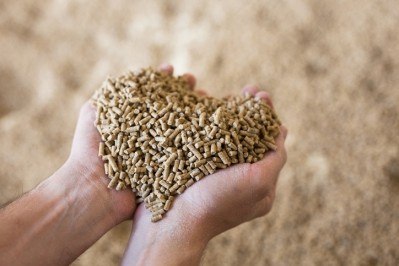The US perspective: Preventive maintenance programs key to optimized feed plants

“Energy is one of the most expensive production cost items for a feed mill and with today’s ever-increasing energy costs, it is more important than ever to run facilities as energy efficient as possible. Our members are always working to conserve energy to reduce costs for animal food production, which in turn keeps costs affordable for customers and reduces the industry’s environmental impact,” he said.
In terms of how existing US feed facilities can improve their environmental footprint, the first step is to create an energy management program, and then to conduct an audit to identify the specific areas or processes that consume the most energy and offer the most potential energy savings, said the AFIA spokesperson.
“Once the facility has a good grasp of where it can make the biggest impact in its manufacturing processes, then it can develop an appropriate plan of action. At many facilities, the repair of air and steam leaks offers a substantial opportunity for improvement, as well as adjusting production schedules to spread power demand more evenly throughout the day.
“Replacing equipment, such as older electric motors with more energy efficient ones, over time can reduce overall power consumption.”
AFIA’s energy management guidance, said Huddleston, was designed to help operators of animal food manufacturing facilities better understand how to develop energy use benchmarks at their facilities and it provides them with recommendations to improve their operations’ overall energy use. “The guide covers everything from how to organize and develop an energy management program to conducting energy audits, calculating energy costs and pursuing new methods for conserving energy.”
Particle size reduction
Operating all machinery at optimum capacity is a surefire way to ensure energy efficiency, particularly the particle size reduction processes, he said.
“Hammer mills should operate at full load, and it is advised to not use excessively worn hammers or screens. Paying attention to preventive maintenance programs and properly maintaining equipment, such as replacing parts before they wear, keeps machinery operating more efficiently and using less energy.”
Managing the electric demand in feed mills is one of the best opportunities for energy savings, reckons Huddleston. “Many plant automation systems offer modules to incorporate a demand meter and assist with scheduling the use of equipment to save substantial money on electric bills. Ensuring steam lines are properly insulated and traps are working correctly will also decrease company operating costs for boilers.”
Lighting control
Looking at the criteria for new mill installations, he outlined how plant layout and flow are critically important when designing a plant for energy savings: “Minimizing the amount of conveying equipment that the product is required to run through a plant, selecting energy efficient motors, and controlling lighting can help a facility reduce energy consumption. For example, adding motion sensors to turn off lights in sporadically populated spaces, installing energy efficient lighting, such as CFL and LED fixtures, and cleaning lamps and light fixtures to reduce films of dirt could cut energy efficiency by up to 40%.”
Alternative energy supply
Do opportunities exist for the US feed processing industry to use alternate fuel sources today?
“Plants are looking at many innovative ways to offset energy costs. For example, AFIA member Western Milling recently transitioned to compressed natural gas (CNG) across its truck fleet and the Maschoffs have installed 6,800 solar panels at one of the company's feed mills,” he reported.
Sustainability metrics
When asked whether changes at the federal level were needed to support US feed compounders on their low carbon journey, Huddleston was quick to stress that any government regulations on carbon emissions could be very problematic at this point for the sector as many companies are at different places in their sustainability journeys. “The US animal food industry would benefit from a meaningful sustainability metrics which would help our industry facilities develop their sustainability plans.”














